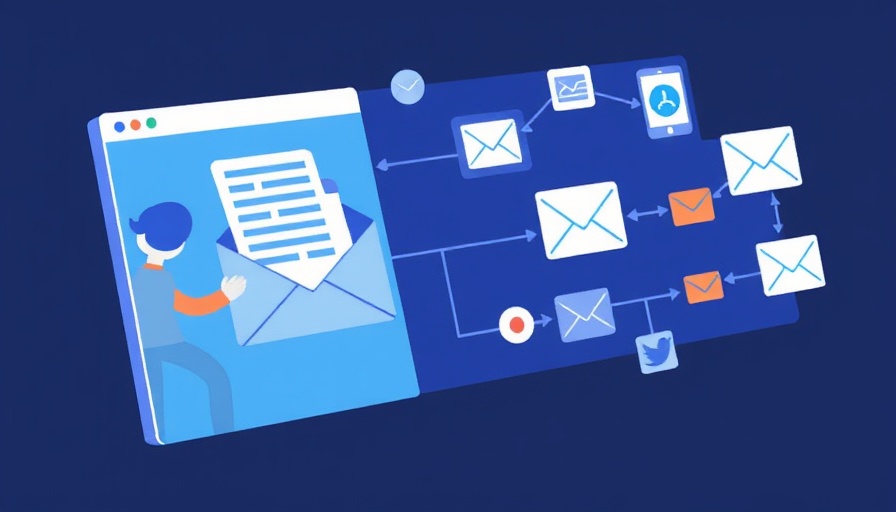
Understanding Agentic AI: The Future of Autonomous Tools
The emergence of Agentic AI marks a significant milestone in the evolution of artificial intelligence technologies. Unlike traditional AI agents that operate within limited frameworks, Agentic AI embodies a collaborative system where multiple AI agents interact and work towards achieving complex goals without constant human oversight. This framework is not merely a collection of advanced algorithms but an intricate network of intelligences capable of decision-making, problem-solving, and executing tasks that were once reserved for human intervention.
Agentic AI vs. Generative AI: What's the Difference?
As we navigate the landscape of AI, it’s essential to distinguish between terms that are often used interchangeably yet represent fundamentally different concepts. Generative AI, for example, functions as an advanced auto-complete tool that generates content based on pre-existing data. Its limitations lie in its responsiveness; it cannot take actions in the real world or possess internet access. In contrast, AI agents are designed to carry out specific tasks within narrow parameters, relying on algorithms to respond to predetermined signals.
Agentic AI, however, significantly broadens the spectrum by integrating various AI agents into a cohesive unit that collaboratively tackles intricate challenges. This paradigm shifting technology reflects a move toward a future where autonomous AI systems could potentially transform workflows across various industries, enhancing productivity and freeing up valuable human resources for strategic decision-making.
Examples of Agentic AI in Practice
One prevalent application of Agentic AI can be observed in advanced customer service chatbots. These systems blend multiple AI agents to handle everything from initial customer inquiries to troubleshooting, all while learning from interactions to optimize future responses. Similarly, in project management, Agentic AI can streamline processes by synthesizing information from different elements of a project and providing actionable insights, enabling teams to remain responsive and adaptive in dynamic environments.
Getting Started with Agentic AI: Practical Insights for Marketing Professionals
For marketing professionals eager to harness the potential of Agentic AI, the initial step involves assessing current workflows and identifying areas ripe for automation. This could include the integration of AI-driven analytics tools that analyze consumer behavior and adjust marketing strategies in real-time. By focusing on systems that support multi-agent collaboration, marketers can create more responsive and targeted campaigns.
Moreover, the strategic implementation of Agentic AI tools can enhance customer engagement through personalized experiences. By automating processes that connect touchpoints across channels, marketing teams can create a seamless journey for their customers, driving conversion and loyalty.
The Ethical Considerations of Embracing Agentic AI
As with any emerging technology, the rise of Agentic AI prompts an examination of ethical implications. Questions surrounding data privacy, decision-making transparency, and accountability emerge as critical considerations. Marketing professionals must navigate these ethical waters carefully, ensuring that while they’re leveraging AI’s capabilities for efficiency and innovation, they’re also committing to responsible practices that prioritize consumer trust and transparency.
Embracing Agentic AI represents not just a technological advancement, but a shift in how businesses think about interaction and automation. Marketers have the opportunity to engage with tools that offer immense potential while also adopting a forward-thinking approach to their implementation strategies.
Conclusion: The Time to Embrace Agentic AI is Now
In conclusion, the concept of Agentic AI holds transformative potential for marketing professionals. By understanding its capabilities and limitations, and exploring practical applications, marketers can position themselves at the forefront of this technological revolution. With careful consideration of ethical implications, the path to integrating Agentic AI promises not only innovation but also enriched consumer experiences.
Now is the time for marketers to explore the integration of Agentic AI into their workflows, capitalizing on its ability to enhance customer engagement and streamline operations.
 Add Row
Add Row  Add
Add 




 Add Row
Add Row  Add
Add 

Write A Comment